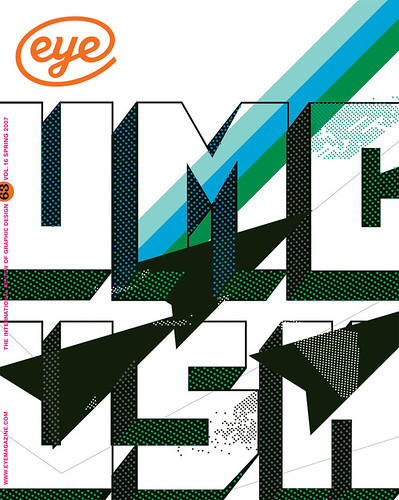Spring 2007
The Subversive Arts Of Crafting
Making Stuff: An Alternative Craft Book
Edited by Ziggy Hanoar and Victoria Woodcock.<br>Black Dog Publishing, £16.95, USD24.95For those familiar with the alternative craft movement, the mid-sized project manual Making Stuff may seem reminiscent of similarly themed publications from the past few years, such as magazines Readymade and Make, or the book Stitch ’n Bitch (Workman, 2003).
Though not new, the movement has enjoyed curious staying power, perhaps because its punk-zine political roots have given way to a new era of alternative activity: environmentalism. Instructions to slow down the destructive cycle of retail consumption by making your own soap will resonate with readership that has the inclination to buy Ecover and the time to make a lye solution.
The introduction charts the history of crafting, from 1940s ‘make do and mend’ to Rozsika Parker’s 1984 academic revaluation of the ‘Subversive Stitch’. The do-it-yourself survivalism of the 1990s Riot Grrl movement is offered as the model for this current incarnation of defiant domestic activity.
In this revival, the preferred language of craft is one of knowing urban hipsters. Material and themes reflect the tastes and trends of the implied audience: the Button Up Badge Necklace ensures continued rock band loyalty past the knapsack years, while the Unicorn Believer embroidery sampler points to the staunch hipster predilection for all things horsey. Projects such as Wings of Desire (synthetic feather and marabou trim cherub wings) hint at the unshakable Goth underbelly of this retro-inclined trend.
Categories for projects are divided into clothing, jewellery, home, ‘Random Bits’ and children’s projects. Making these crafts depends on having excess time, and in many cases, excess socks, felt, buttons and T-shirts – at least nine are required for the Tasty T-Shirt Bathmat.
The how-to craft phenomenon is a hybrid of two opposing principles: the green manifesto ‘live simply’ and the hobbyist’s justification of completely extraneous activity. Much like the popular Worst-Case Scenario Survival Handbook series of the late-1990s (Chronicle Books), this manual embodies the contradiction between numbered DIY simplicity and the unnecessary complication of making a knitted antennae cosy, or, in the former case, surviving a bear attack on a first date. Simplified, hand-drawn line graphics reflect this dichotomy; the instructional section for beginning knitters and sewers is clearly illustrated in a design language meant to convey childlike ease, but ultimately presents the challenge of explaining complicated yarn patterns with pictures that look like fingers fondling pieces of spaghetti.
It is beside the point that none of these projects yields necessary survival items. This is a colourful and beginner-friendly manual for making quirky gifts, personalised accessories and completely pointless bric-a-brac. At best you might find creative replacements to non-essential high-street purchases, though the subversive act of taking time to felt might ultimately be the more important personal coup.
Katherine Feo, design writer, Los Angeles
First published in Eye no. 63 vol. 16 2007
Eye is the world’s most beautiful and collectable graphic design journal, published quarterly for professional designers, students and anyone interested in critical, informed writing about graphic design and visual culture. It is available from all good design bookshops and online at the Eye shop, where you can buy subscriptions and single issues.

